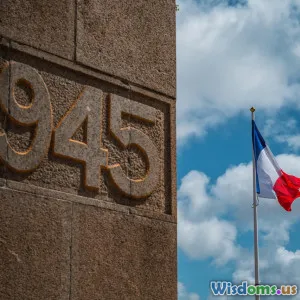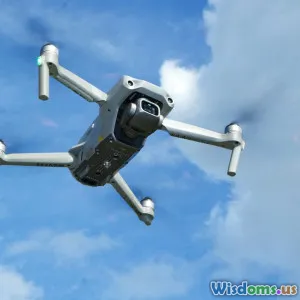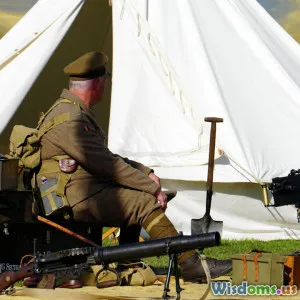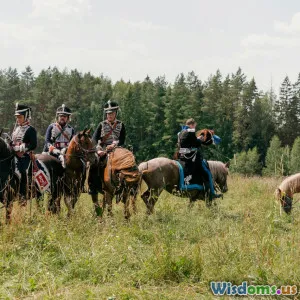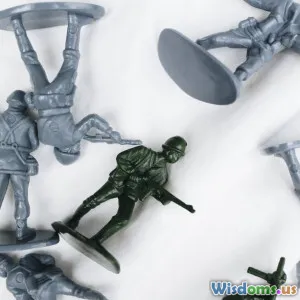
Advice for Studying World War Battles Strategically
17 min read Essential strategies for studying world war battles, with practical tips and historical insights to enhance your analysis and understanding of military campaigns. (0 Reviews)
Mastering Strategic Study of World War Battles: A Professional’s Guide
Examining military history—particularly the critical battles of the World Wars—can be both challenging and transformative for enthusiasts, students, and professionals alike. Beyond mere dates and statistics, true mastery of such history requires developing a strategic mindset that peels back layers of causes, tactics, and consequences. This article offers focused, practical advice for those aiming to study World War battles not just as discrete events, but as dynamic webs of decisions, movements, and turning points.
Contextualize Every Battlefield
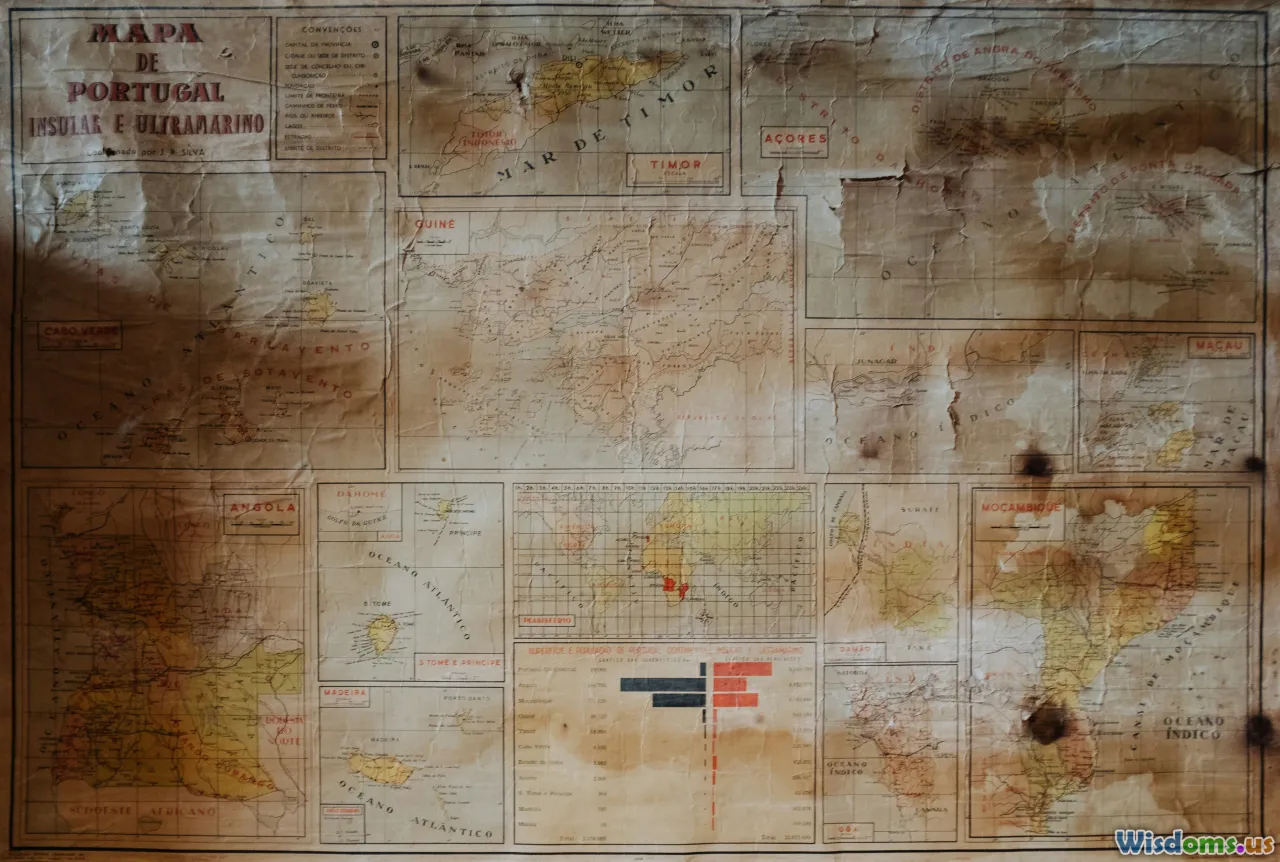
Understanding a battle begins with placing it firmly within its geopolitical and chronological context. World Wars I and II spanned continents—meaning no major encounter was isolated or random. For strategic study, begin by asking: What led to this clash? Who benefited or lost? What larger campaigns was it a part of?
Example: The 1942 Second Battle of El Alamein often receives attention for Montgomery's tactics, but situate it within the broader North African campaign and Allied supply lines. Consider how Axis ambitions for Middle Eastern oil and the need to safeguard the Suez Canal shaped every move.
How-To:
- Map out Causes: Create a flowchart that ties each battle to diplomatic actions, economic interests, and preceding skirmishes.
- Period Press Coverage: Review newspaper clippings or propaganda from the period to understand public perception and strategic priorities.
- Compare Outcomes: Analyze how a battle's result shifted alliances, morale, or logistical directions for both sides.
Dissect Command Decisions and Leadership Styles

Behind every major battle are key decision-makers whose leadership (or lack thereof) determined success or disaster. Strategic study demands not just following orders given, but probing into why those decisions were made, what alternatives existed, and how risk was assessed.
Case Insight: On the Eastern Front, German General Erich von Manstein advocated flexible tactics, proposing the "Backhand Blow" to counter Soviet offensives at Kursk in 1943. Hitler’s refusal to permit withdrawals illustrates friction between political objectives and frontline realities—a recurring theme in command structures on both sides.
Actionable Advice:
- Read Memoirs and After-Action Reports: Seek primary sources from commanders, officers, or even adversaries.
- Leadership Comparison: Conduct a side-by-side study of generals (e.g., Eisenhower vs. Rommel during D-Day) regarding preparation, adaptability, and personal ethos.
- Question Assumptions: What happened versus what could have happened? Play through "what-if" scenarios using wargame simulations or discussion groups.
Break Down the Layers of Strategy: Operational, Tactical, and Logistical
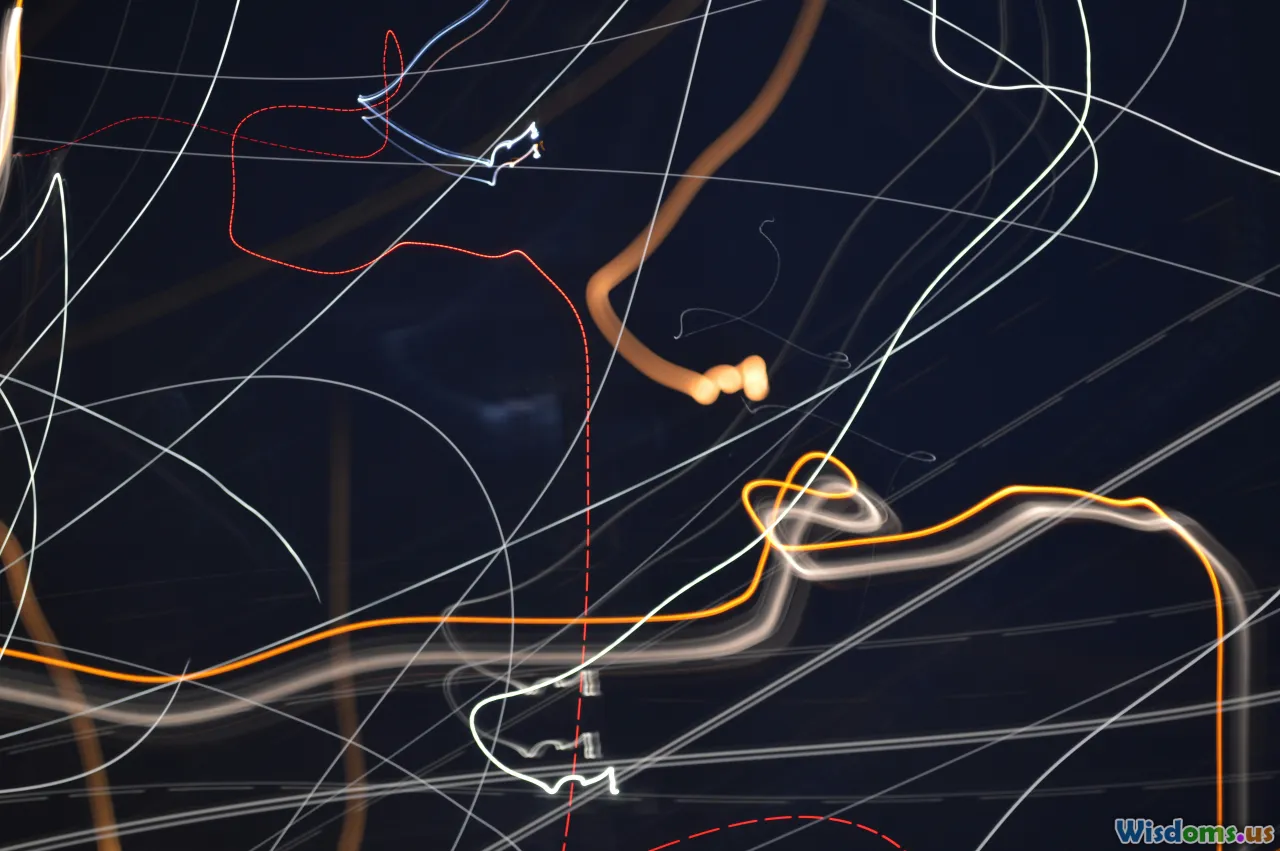
Most novices focus on the clash of armies, but every significant engagement was the product of a complex stratification—operational (overarching goals), tactical (combat maneuvers), and logistical (supply and support).
Elaboration:
- Operational Example: The Schlieffen Plan at the start of WWI set a framework for German strategy, aiming to avoid a two-front war. Its failure was largely due to misplaced assumptions and logistical bottlenecks, more than individual valor or maneuvering.
- Tactical Pivot: At Stalingrad, Wehrmacht units successfully stormed the city’s PERIPHERY, but were bogged down in brutal urban combat—a change from initial plans that altered the tactical landscape.
- Logistical Backbone: The Normandy invasion’s success hinged on Mulberry harbors—temporary ports constructed by the Allies to offload troops and supplies without functional French docks.
Tips for Deep Analysis:
- Use Diagrams: Annotate battle maps showing unit movements, supply chains, and fallback routes. Free online tools or historical atlases can visualize these elements.
- Case Study Layering: Take a battle (such as Midway) and analyze at all three levels. Who set the goals, which units employed unconventional tactics, and how did raw materials or reinforcements affect results?
Integrate Technology and Doctrine Changes
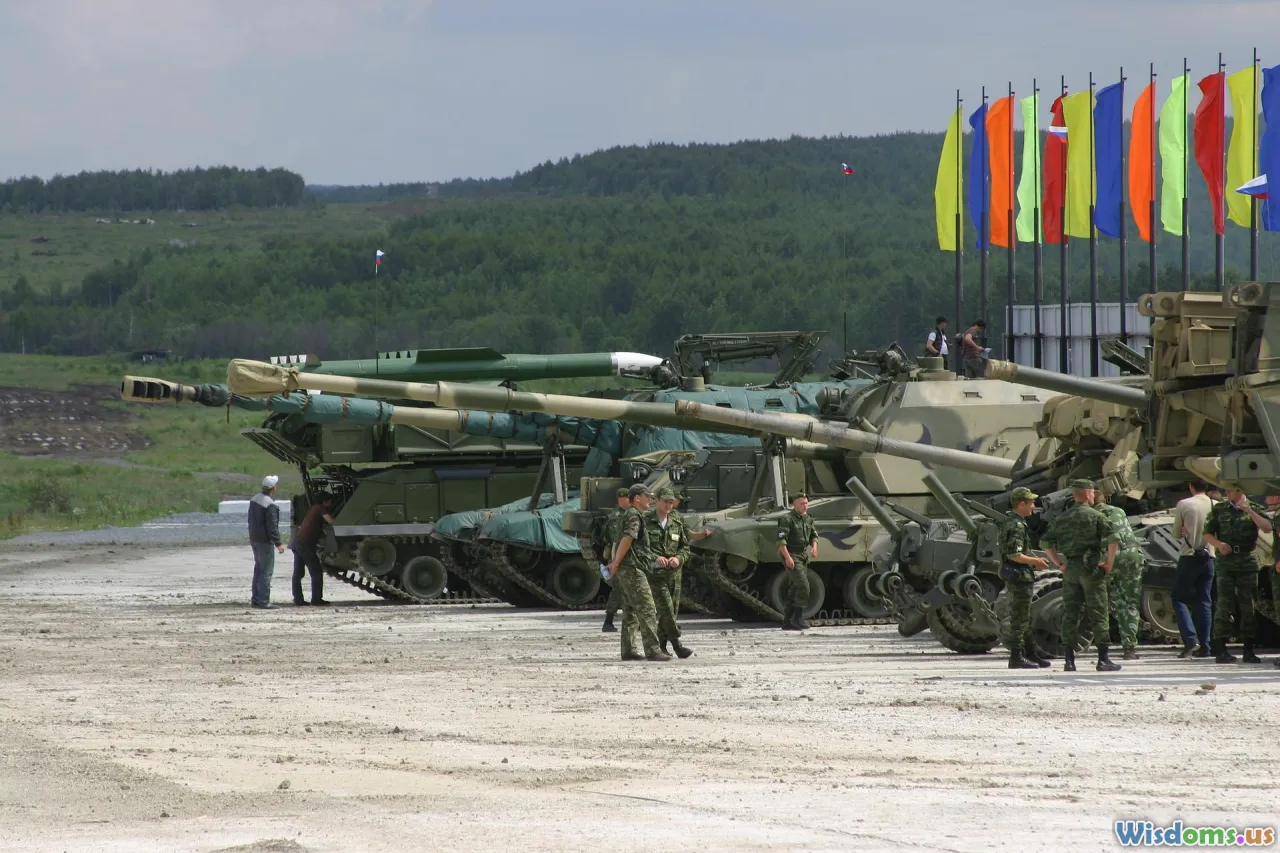
War in the 20th century evolved rapidly, with advancements in mechanization, aviation, intelligence, and communication fundamentally altering battlefield possibilities. To appreciate strategic shifts, track key technological debuts or doctrinal overhauls and their battlefield impact.
Key Instances:
- WWI: Tanks introduced at the Battle of the Somme shifted dynamics of trench warfare, albeit initially plagued with reliability issues.
- WWII: The Nazi Blitzkrieg—using coordinated tanks, planes, and motorized infantry—overwhelmed conventional defenses in Poland and France.
Analysis Advice:
- Trace Timeline of Innovations: For each major battle, list which new tools (e.g., Enigma machines, radar, dive bombers) played a role.
- Doctrine Evolution: Study official army manuals or field orders to grasp innovation at the doctrinal level, such as Germany's shift from "Auftragstaktik" (mission command) to increasingly rigid directives late in WWII.
- Compare Doctrinal Fitness: Examine why some nations adapted faster (e.g., Allied improvements in combined arms warfare vs. Japanese inflexibility with aircraft carriers at Midway).
Immerse in Boots-on-the-Ground Narratives
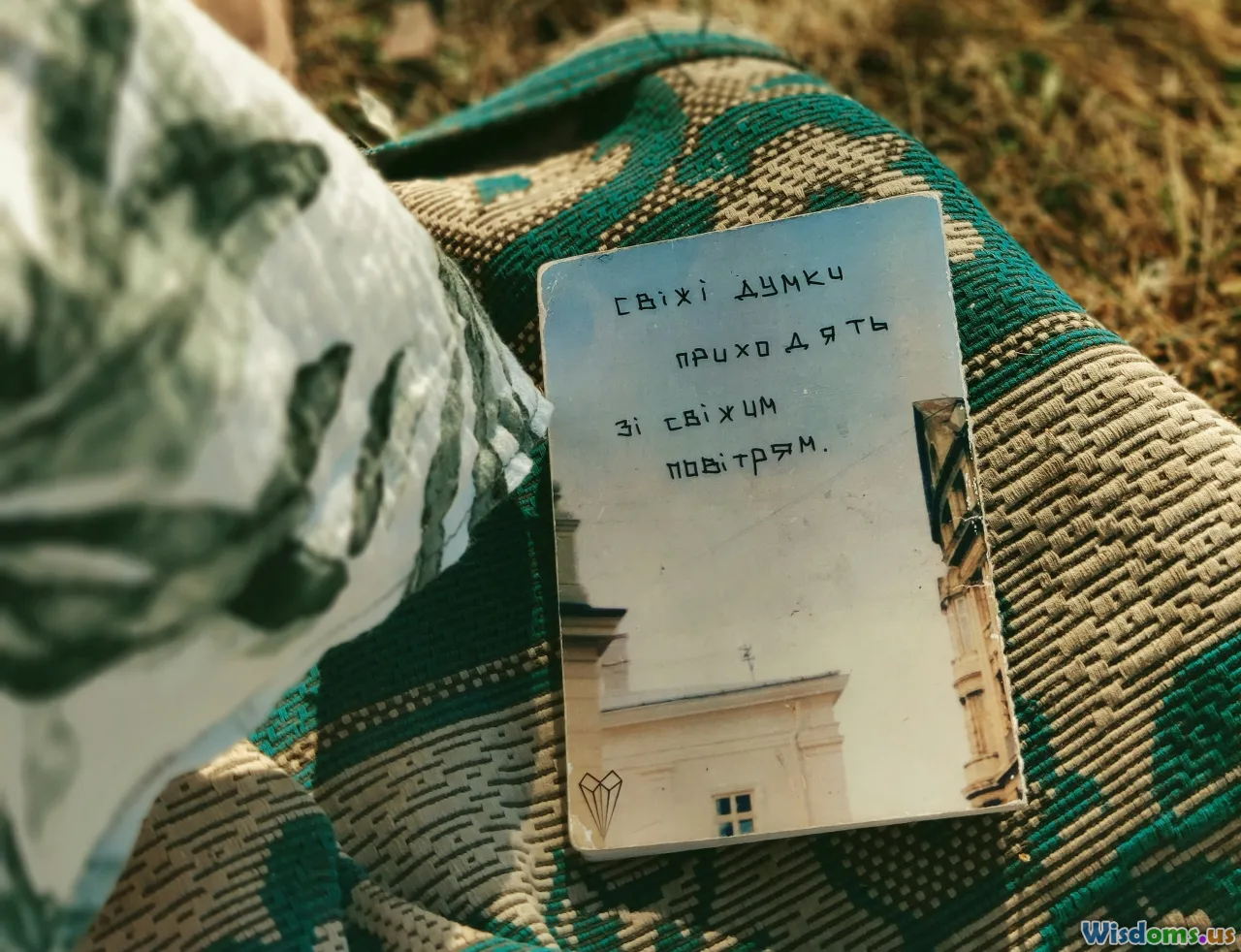
A strategic overview can sometimes dry the study of battles into statistics. To keep analysis vibrant and multi-dimensional, weave in first-hand accounts and look at decisions from the foxhole’s-eye view. The constraints, fears, and improvisations faced by front-line troops fulfill a strategic mosaic often overlooked by birds-eye retrospectives.
Illustration:
- Siegfried Sassoon’s diaries from the trenches at the Somme and Ypres reveal both physical and psychological barriers to achieving even rudimentary advances.
- Red Army private accounts during the Battle of Kursk detail confusion and improvisation as Soviet defensive lines withstood massive panzer assaults, often due more to resilience than perfect planning.
How-To for Inclusive Study:
- Diaries & Letters: Augment operational discussions with passages from troops on both sides, available in published books and online archives.
- Oral Histories: Many museums and universities curate recordings from surviving veterans—an unparalleled source for conditions on the ground.
- Civilian Perspective: Don’t ignore civilian diaries for battles in urban settings (e.g., siege of Leningrad or bombing of London), as total war made non-combatants integral to the broader strategic story.
Master Cartographic Literacy and Visualization

Becoming strategic in your study means translating words and numbers into movement. Mastering map-reading—including recognizing topography, logistical hubs, and likely choke points—distinguishes sophomoric and expert-level comprehension.
Application:
- Examining elevation profiles around Omaha Beach highlights why American units faced stiffer resistance during the Normandy landings—natural bluffs provided German defenders commanding fields of fire.
- Cartographic overlays in the Bulge sector render visible why Allied units were initially outflanked during the Ardennes Offensive.
Techniques:
- Start with Simple Battle Maps: Progress to multi-layered (e.g., animated or GIS-based) renditions available in digital history projects.
- Study Relief and Terrain: Match after-action reports with geographical features to understand delays or bottlenecks.
- Create Your Own Tactical Sketches: Drawing force movements by hand vastly improves memory retention, especially for comparative studies.
Reconstruct Campaigns as Dynamic Systems

Viewing battles within a campaign—seeing not just win/loss on a given day but as part of an evolving sequence—enables a systemic understanding. Master strategists consider second- and third-order effects: how one maneuver, even if initially reversed, shapes future encounters.
Example: The Battle of Britain (1940) was one phase of the wider strategic contest controlling the skies over Western Europe. German failure there not only saved Britain, but also shifted Hitler’s plans eastward toward the Soviet Union.
How-To:
- Timeline Construction: Lay out campaigns as a series (e.g., the island-hopping campaign in the Pacific). Track resources, objectives, and momentum shifts.
- Identify Critical Junctures: Label where key decisions caused campaign pivots: Did losses at El Alamein trigger retreat all the way through Tunisia? Which Soviet counter-blows after Stalingrad proved decisive?
- Predictive Simulations: Use board wargames (like Axis & Allies) or digital platforms (Close Combat, Panzer Corps) to experiment with campaign flow, handling surprises as generals did.
Integrate Economic, Industrial, and Political Dimensions

No battle, however vicious or heroic, was fought on the battlefield alone. Strategic mastery means incorporating the less glamorous—but vital—realities of industrial output, resource control, and civilian morale.
Reality Check:
- Industrial Might: The Red Army’s ability to relocate factories behind the Urals after the German invasion in 1941 enabled sustained resistance and counterattack. Conversely, oil shortages drastically curbed the German war machine post-1943.
- Political Dynamics: Stalin’s draconian orders—shooting retreating soldiers—demonstrate how leadership and political aims shape fighting morale and attrition.
Tips for Advanced Study:
- Correlate Battle Dates with Production Charts: Notice how new aircraft, armored divisions, or ammunition levels weighed on timing and scope of offensives.
- Policy Papers and Propaganda: Examine how home front consensus, war bonds, and mobilization drives underpin and sustain battlefield efforts.
- Debate Controversial Orders: Assess from multiple angles the decisions shaped by non-military considerations (e.g., Hitler’s refusal to withdraw at Stalingrad).
Cultivate Comparative and Cross-Theater Analysis

While it might seem logical to master one theater or era at a time, real strategic understanding hides in comparative analysis. Not all armies learned the same lessons—regional tactics, geography, and political cultures produced distinct solutions (and failures).
Contrast Points:
- Pacific vs. European Theater: U.S. island-hopping differed fundamentally from the Red Army’s grinding attritional campaigns in Eastern Europe.
- Anglo-German Bomber Campaigns: RAF area bombing and USAAF precision raids reveal technological, doctrinal, and ethical divergence—not simply targeting technology, but also strategic priorities behind them.
- Desert Warfare in North Africa vs. Arctic Front: Environmental extremes forced adaptations in logistics, fortifications, and combat kit.
Comparative Approaches:
- Matrix Analysis: Build tables or spider charts to capture contrasts: size and nature of forces, environmental constraints, casualty ratios, civilian impact, supply chain duration.
- Study Logistics vs. Morale: Which proved more decisive in each context—e.g., supply woes at Stalingrad vs. morale collapse in France, 1940?
- Broaden Strategic Models: Apply lessons from one battle or campaign (e.g., use of paratroopers) to another theater, testing how transferable certain innovations were.
Utilize Digital Tools and Modern Research Methodologies
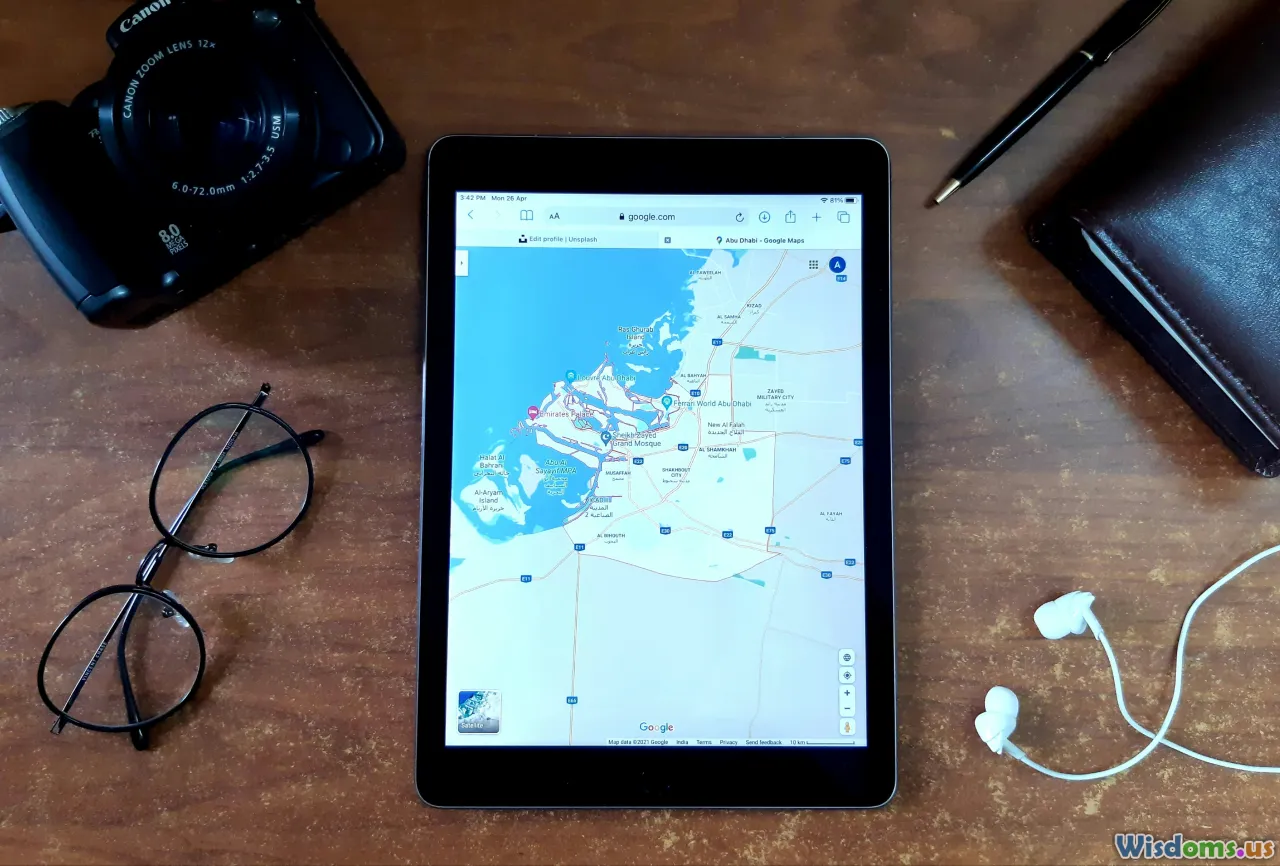
World War battle study is now more accessible and dynamic than ever, thanks to a digital revolution in archives, mapping, and interactive media. Leveraging modern tools dramatically accelerates both learning and fresh insights.
Practical Resource Guide:
- Online Archives: Digitized war diaries, declassified maps, aerial photos, and even enemy documents are available via national archives and university repositories worldwide.
- Data-Driven Tools: Use Excel, Google Sheets, or custom databases for orders of battle, casualty figures, and logistic timetables—a modern twist on classic notebooks.
- Interactive Platforms: 3-D historical maps (Esri Story Maps, Google Earth overlays), podcasts that break down campaigns week-by-week, and open source wargames.
Best Practices:
- Cross-Verification: Combine classic historiography with quantitative data from official sources (e.g., The US Army's Green Series, the German Bundesarchiv collections).
- Join Online Forums: Sites like r/AskHistorians and Axis History Forum provide real-time answer boards for queries ranging from the technical to the obscure.
- Participate in MOOCS: Massive Open Online Courses (such as offered by FutureLearn or Coursera) offer guided campaigns, expert interviews, and digital project work.
Delving into World War battles strategically is far more than memorizing names, places, and casualty numbers. The true scholar embraces a multi-dimensional view—cross-disciplinary, constantly curious, and acutely aware of both extraordinary creativity and terrible costs. By uniting robust frameworks with vivid testimony, powerful maps, and modern digital tools, students and professionals can achieve not only sharper insight but a deeper ethical appreciation for the forces—military, technological, political, and human—that shaped our modern world.
Rate the Post
User Reviews
Other posts in Military History
Popular Posts










